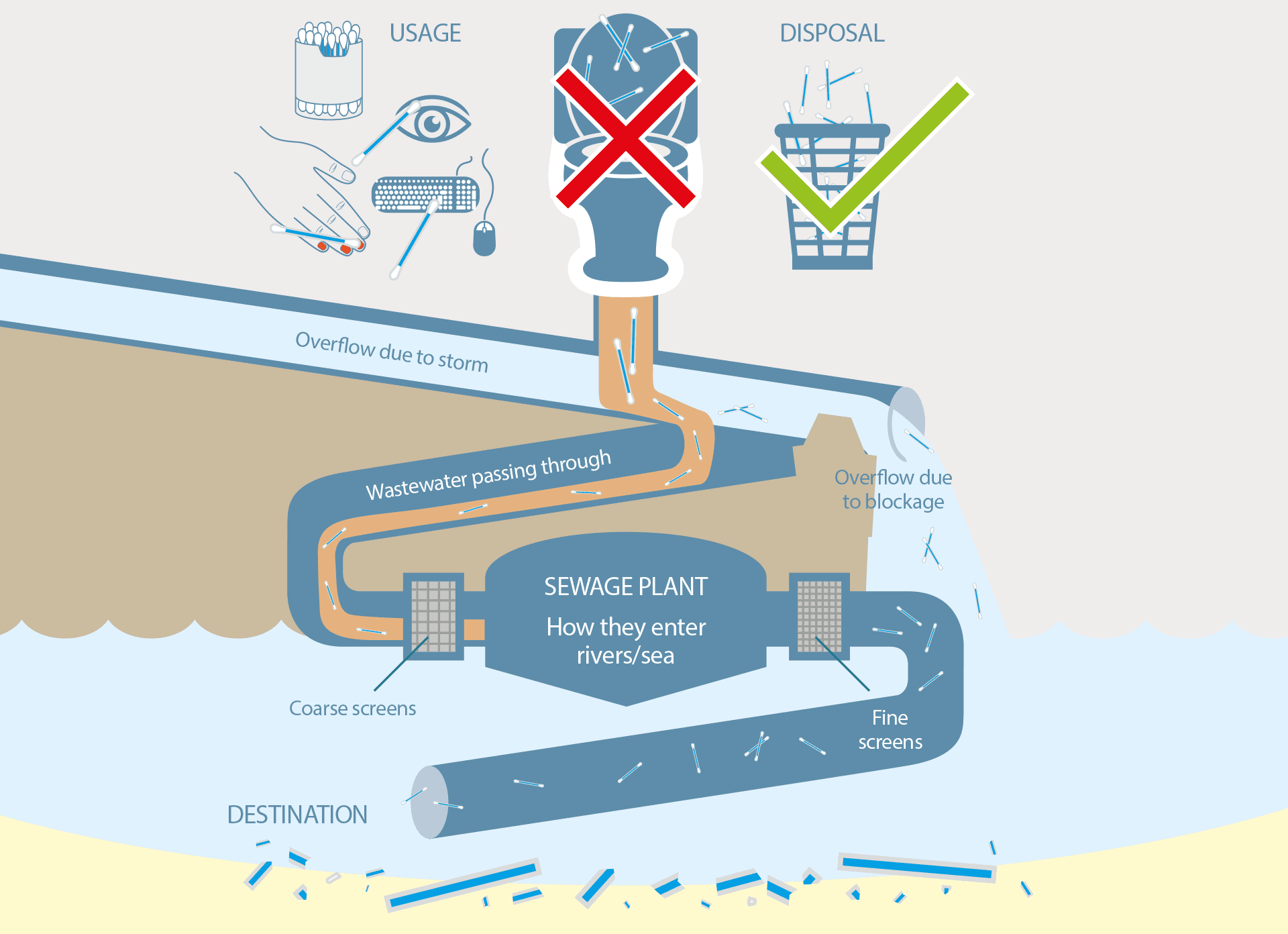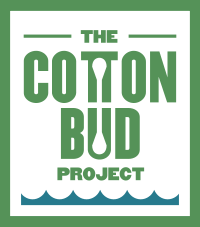Single-use plastic
Single-use plastic in our environment puts pressure on ecosystems under increasing strain from the climate and biodiversity crisis. Replacing plastic in Cotton Buds with rolled paper removes a harmful and pervasive marine pollutant. Our Cotton bud project shows industry and government that change is possible and plastic could be replaced and rethought in many everyday products.

THE
PROBLEM
In the UK it’s estimated 1.8 billion cotton buds are used every year, many disposed of improperly by flushing down toilets, ending up in our seas.
Plastic cotton buds were routinely in the top 10 litter items recorded in Marine Conservation Society’s Great British Beach Clean.
Plastic cotton buds can be eaten by wildlife and damage their internal organs, and also break down into microplastic pollution.
The
Solution
Evidence from the MCS Great British Beach Clean surveys was used to persuade industry to make voluntary changes to stop producing plastic stemmed cotton buds.
Alternative materials such as rolled paper already existed that would not be physically harmful to wildlife if in the environment.
Voluntary action from industry showed government a viable solution to replace a single-use plastic item and led to legislation in Scotland to ban plastic-stemmed cotton buds.
WHAT
CAN I DO
Consider if a single-use plastic item is essential, and if so look for alternatives that are reusable.
If items have to be single-use, select ones that are made of materials which are easily disposed of in a waste stream, for example easily recyclable.
If items have to be single-use, select materials that will be less harmful and less persistent than plastic if they are lost to the environment and breakdown easily into non-toxic parts.



